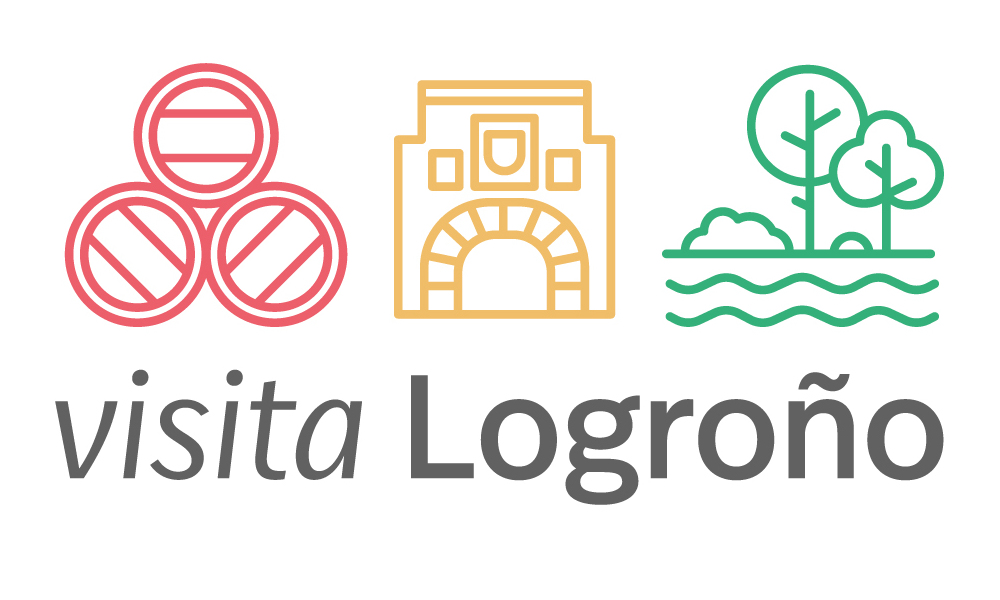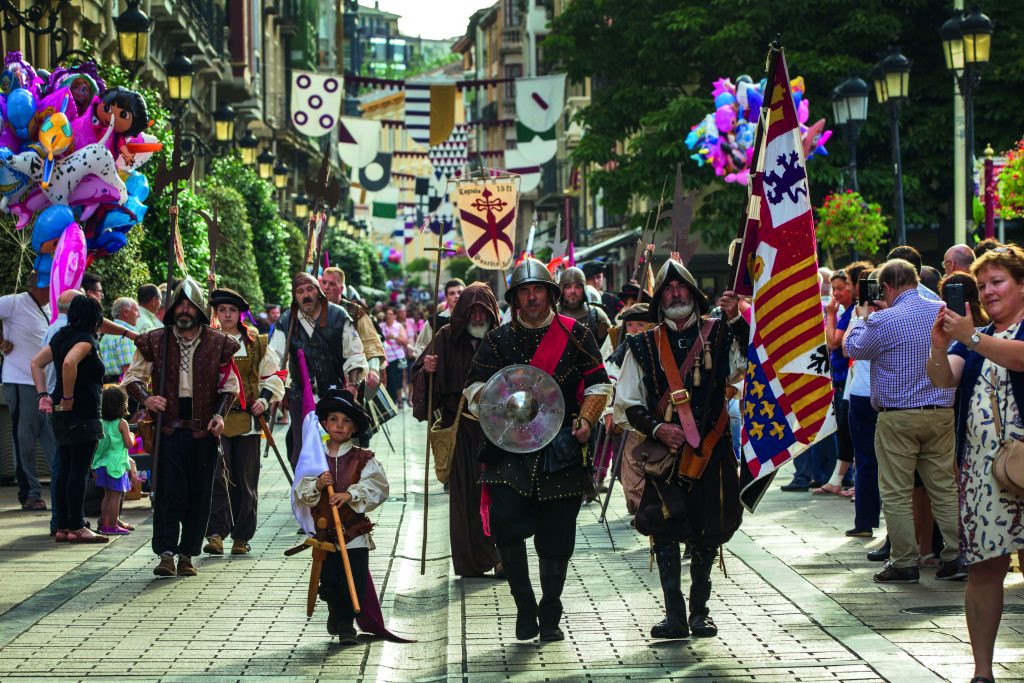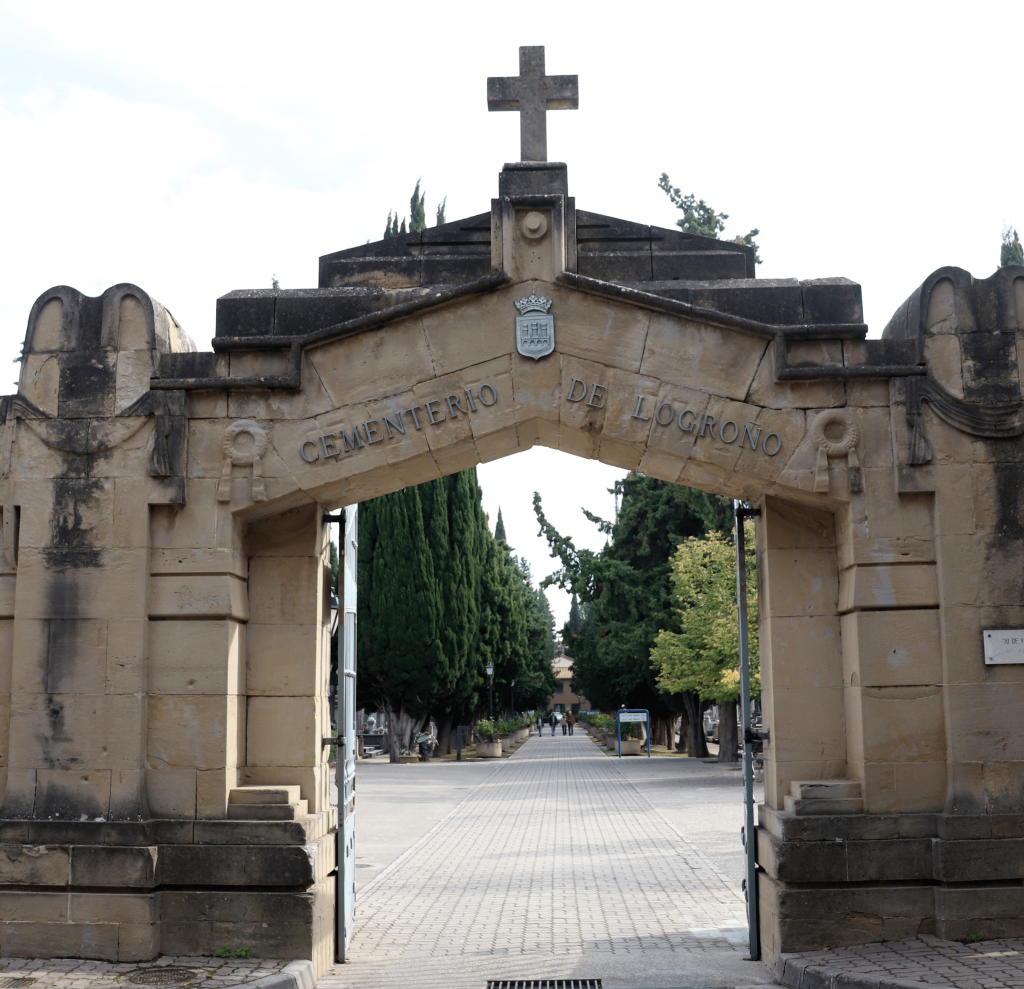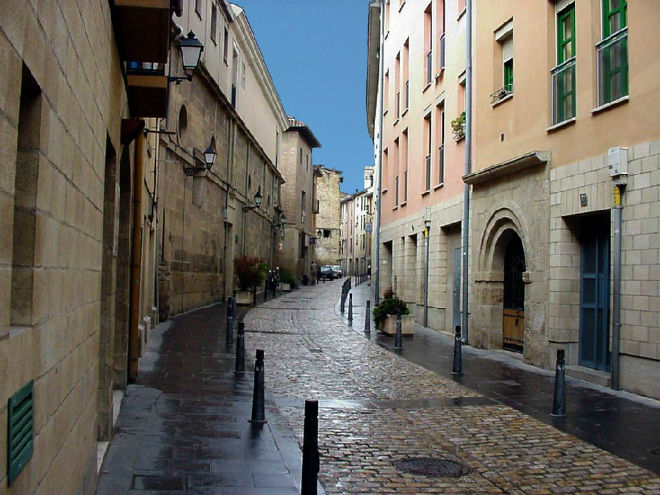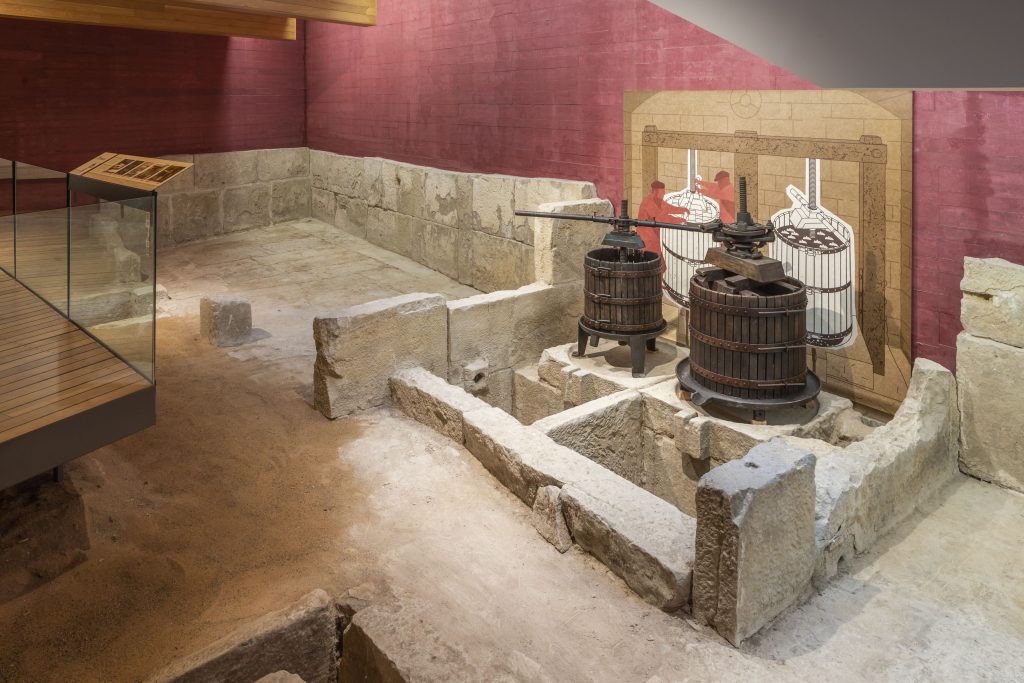The capital of La Rioja is more than just a setting for wine tastings, it is not just a place where you can enjoy one of the most renowned Spanish designations of origin: it is an Oenopolis, a city that lives by and for wine. To see for yourself, just visit the Bodegas de Logroño association member establishments.
“Zoon politikon”. Aristotle was clear about this. The human being is a political, i.e. social, animal, linked to the polis, as the ancient Greeks called their cities. More than 2000 years have passed since these words were spoken, but the idea is still valid. We live in communities, more or less large, more or less small, but communities nonetheless.
Places that imprint a character on us, a way of being.
Like any group, every community needs a unifying element, a backbone that gives it meaning. Sometimes it is hard to find, it is often surprising how difficult it can be to realise the obvious. This is not the case of Logroño, a city that lives by and for wine, an Oenopolis.
But what does it mean to be an Oenopolis? So many things… It means something that goes beyond traditional wine tastings. Talking about an Oenopolis means talking about society, culture, heritage, tourism, the future, about what makes Logroño an essential destination.
A good way to understand this is to visit the local calados, underground tanks used to store wine produced in the houses.
With numerous preserved examples, these are a kind of parallel Logroño that extends underground and can be visited from different parts of the city such as the Casa de la Danza, the UNED headquarters, the College of Industrial Engineers or the Casa Palacio del Marqués de Legarda.
One only has to look at the tuferas – exhausts for gases produced during wine fermentation – on the streets of Ruavieja or Barriocepo to realise the extent of the wine industry in the city.
A visit to the Calado de San Gregorio, a 17th century structure of great size and impeccable preservation, is particularly interesting. This majestic place, over 30 metres long which looks more like a Romanesque church than a tank, is today a space dedicated to exhibitions and all kinds of events related to wine culture. Logroño never stops reinventing itself.
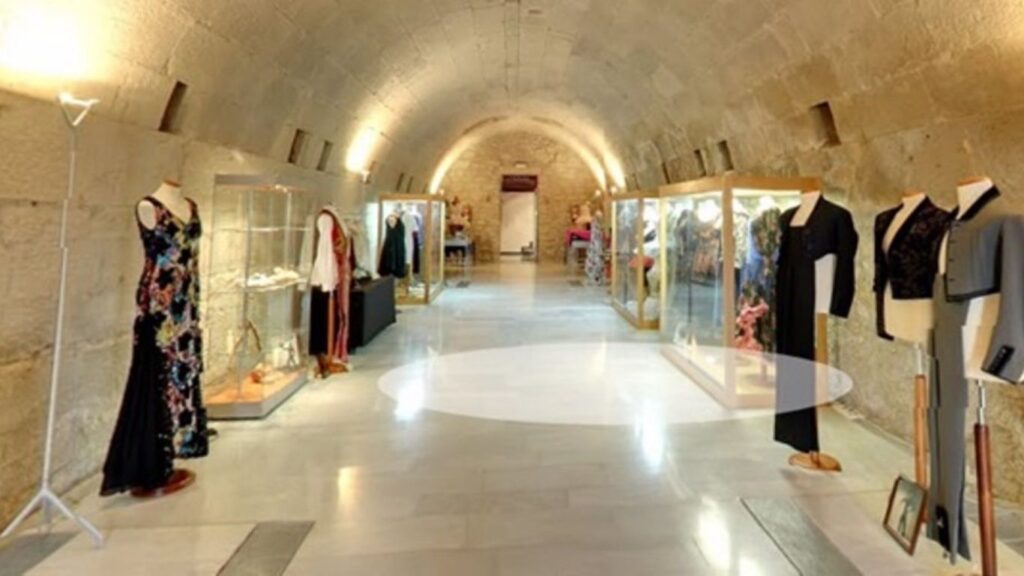
Calado of Casa de la Danza.
Times have changed and, unlike in the 1600s, the exquisite local wine no longer lives in the city’s underground.
Fortunately or unfortunately, more advanced production methods have made it possible to move wine production away from the most densely populated areas.
A perfect example of this is the fact that only two of the eight companies that make up the Bodegas de Logroño association are located in the city centre.
This is the case of the historic Franco-Españolas winery and the much more modern Arizcuren.
The first, created in the last decade of the 19th century, is the most central of all – just a four-minute walk from Calle del Laurel – and has the honour of having been visited by the likes of Alfonso XIII and Ernest Hemingway himself, who dropped by in 1956.
The second, founded in 2016, is a personal project by Javier Arizcuren, committed to recovering the traditional values of La Rioja Baja and preserving the memory and the wine-making heritage of the Sierra de Yerga.
Not far away is the Viña Ijalba winery, accessible on foot, but separated from the hustle and bustle of the capital. To talk about this winery is to talk about innovation and respect for the environment. Its business model has always been based on these principles, making the company a pioneer in the field of organic wine production.
The same can be said of Campo Viejo, also committed to sustainability and the natural heritage of La Rioja. Its impressive headquarters – 5 km from Logroño – adds architectural brilliance to the extensive catalogue of virtues of this Riojan bodega.
Its style, which flirts with futurism, is somewhat similar to Olarra, located at the other end of the city and designed in 1973 by Juan Antonio Ridruejo, who chose to create a b
uilding perfectly adapted to its wine-making function. The building’s most prominent is a barrel room with a ceiling made up of 111 hexagonal domes to prevent sudden changes in temperature.
In a radically different style, but no less beautiful, we find the Marqués de Murrieta winery, with its vineyard of more than 300 hectares located around the majestic Ygay Castle, of great historical and cultural value. The castle, built in 1852, gives its name to its flagship product, considered by Wine Spectator to be the World’s Best Wine of 2020.
Less than a kilometre away is the other noble winery, Marqués de Vargas. Inspired by French châteaux, the company stands out for its Reservas and Gran Reservas, limited production wines that have earned it the prestigious rating of “Singular Vineyard”.
It also defends the natural grape harvesting process, a tradition which is a trademark of the brand and which serves to highlight the important role that craftsmanship plays in an increasingly fast-paced and impersonal world.
Apart from being open to tourist visits, all the wineries mentioned above share the same passion: wine, a product to which they are committed, helping to make Logroño a reference destination at international level.
The worship of wine, led in Greek times by Dionysus – Bacchus for the Romans – and later adapted to Christianity as a fundamental part of the Eucharist, has its best example in the Ontañón winery, a Temple of Wine guarded by sculptures of gods and heroes that pay homage to our favourite drink.
But not everything is limited to wine, this space also organises gastronomic experiences aimed at giving meaning to the concept of “pairing”, ensuring that all five senses are satisfied.
Even less so if you are near the Ebro and its vineyards, in La Rioja, with its people, with their way of living, eating, drinking, with their way of being who they are: the inhabitants of an Oenopolis, a city committed to wine, a city committed to you.
